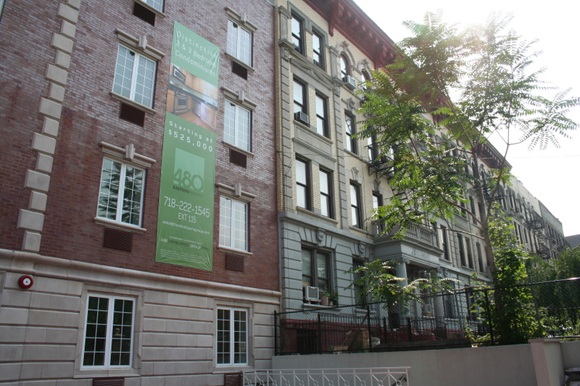Gentrification. The word conjures everything from visuals of empty-nesters and yuppies sipping lattes from their million-dollar renovated brownstones to angry hipsters and working class people protesting the construction of new buildings where old ones once stood, fighting for the perceived rights of local businesses, lower class families, and urban history.
If you’ve ever considered taking an run-down property under your handy wing, then you’ve been at least party to gentrification. As a concept, the word is thrown around fairly lackadaisically, but as an actual real sociological phenomenon, it’s quite complex and not just a matter of perspective. And, to be honest, it can be one of those things that you think you know what it means, but are secretly fearful that the entire idea is just over your head.
So we’re here to help clear things up for you, at least sociologically speaking.

Gentrification, from a sociological standpoint, can be defined as the occurrence of middle and upper class people moving into lower and working class neighborhoods with the intent to rehabilitate the homes in the typically historic neighborhoods to that of more suburban standards. It’s considered the opposite of “white flight” — which was the mass exodus of those same middle class families from urban centers into the suburbs in the 1950’s and 1960’s.
In a nutshell, the argument for gentrification is that it rehabilitates economically depressed neighborhoods, brings in higher income residents (usually converting properties from rental to ownerships) and businesses, and helps to foster a greater sense of pride and community within urban centers. The argument against it, however, is that it creates what’s called economic eviction — the concept being that the existing residents in an area basically get priced out of their own homes and greater neighborhoods as property values and taxes increase and the availability of social programs in those areas decrease based on need. So, on one hand, gentrification is great for urban centers in fostering community, but on the other, it’s terrible for urban areas because it can destroy the community that already thrives within its confines.
Gentrification, a term coined by British urban sociologist Ruth Glass in 1964, is taken from the French “gentry,” meaning people of “gentle or easy birth.” And it’s a very hot button topic for many different camps. To fully understand it from a sociological perspective, you can’t just scratch the surface — you have to delve deeper into the five or so influencing frames of thought (those being demographic-ecological, sociocultural, political-economical, community networks, and social movement, as defined by Bruce London and J. John Palen in 1984).
The importance behind understanding gentrification from a sociological standpoint is the ability to see how this social construct effects everything around it in both obvious and near invisible ways. Gentrification is not just about fixing up old houses in bad neighborhoods — it’s a very broad-reaching phenomenon that practically leaves no one or nothing untouched.
Through a series of posts, we’re going to explore gentrification through a sociological lens to help you gain a better understanding of it from all perspectives, as well as how we as DIY and home improvement enthusiasts should approach both potential and existing gentrification, and we’ll wrap it up with handling the aftermath of gentrification, including if it fails.
Photo: Steve



No Comments